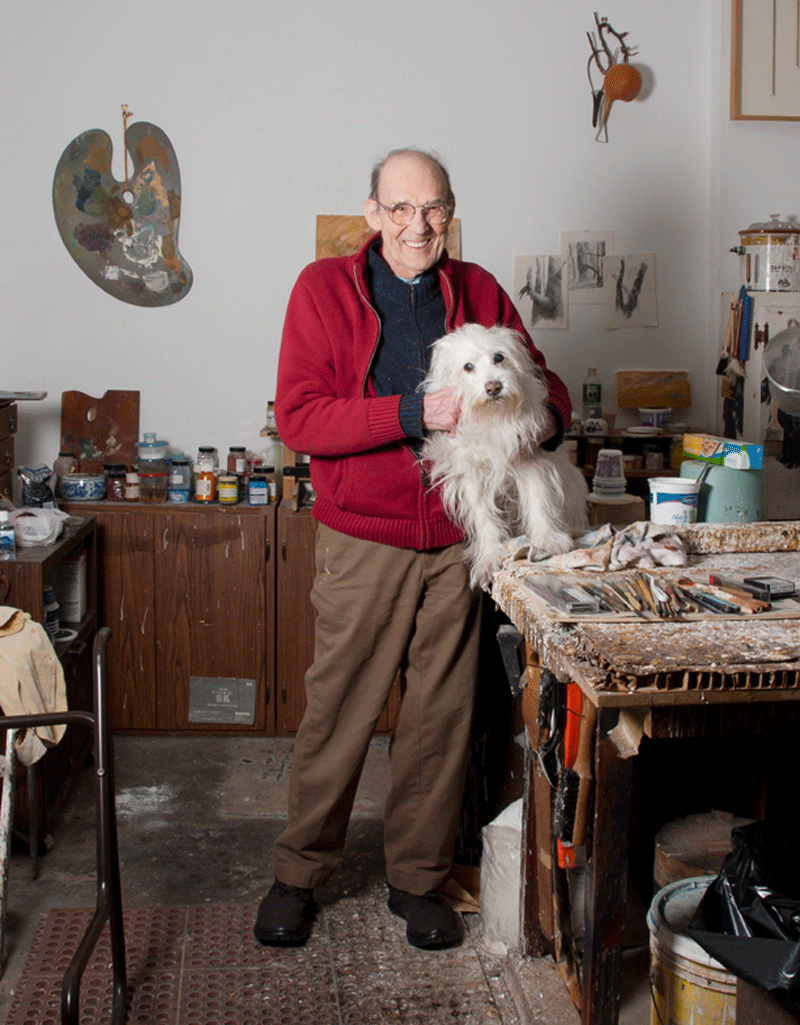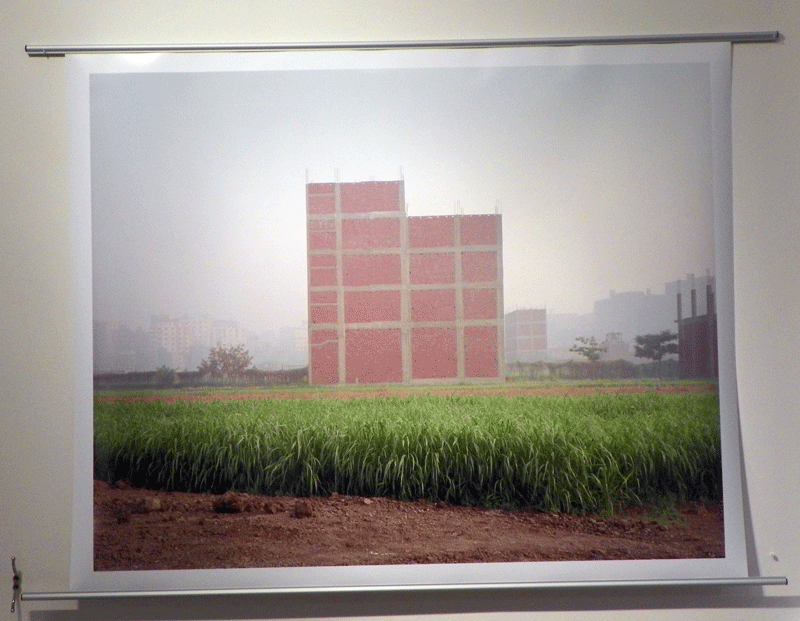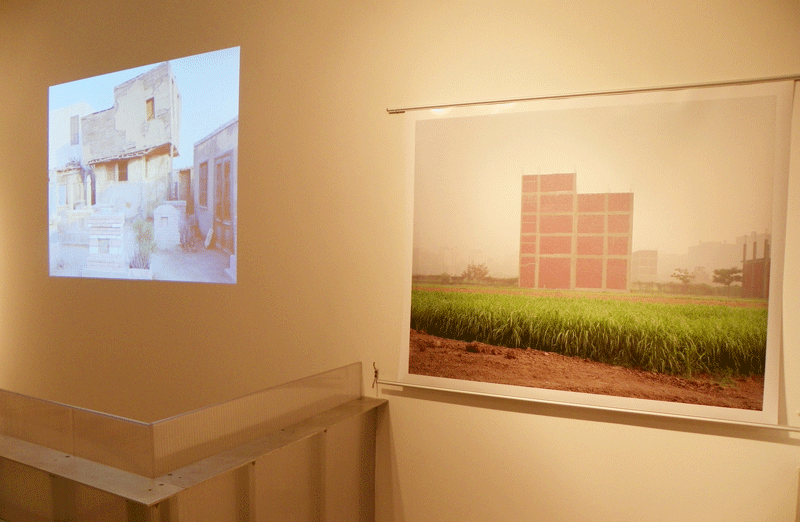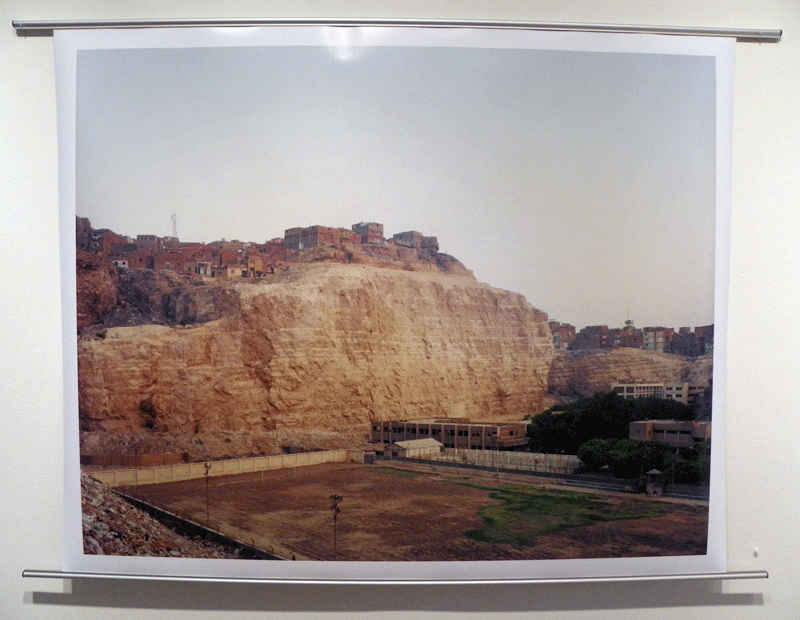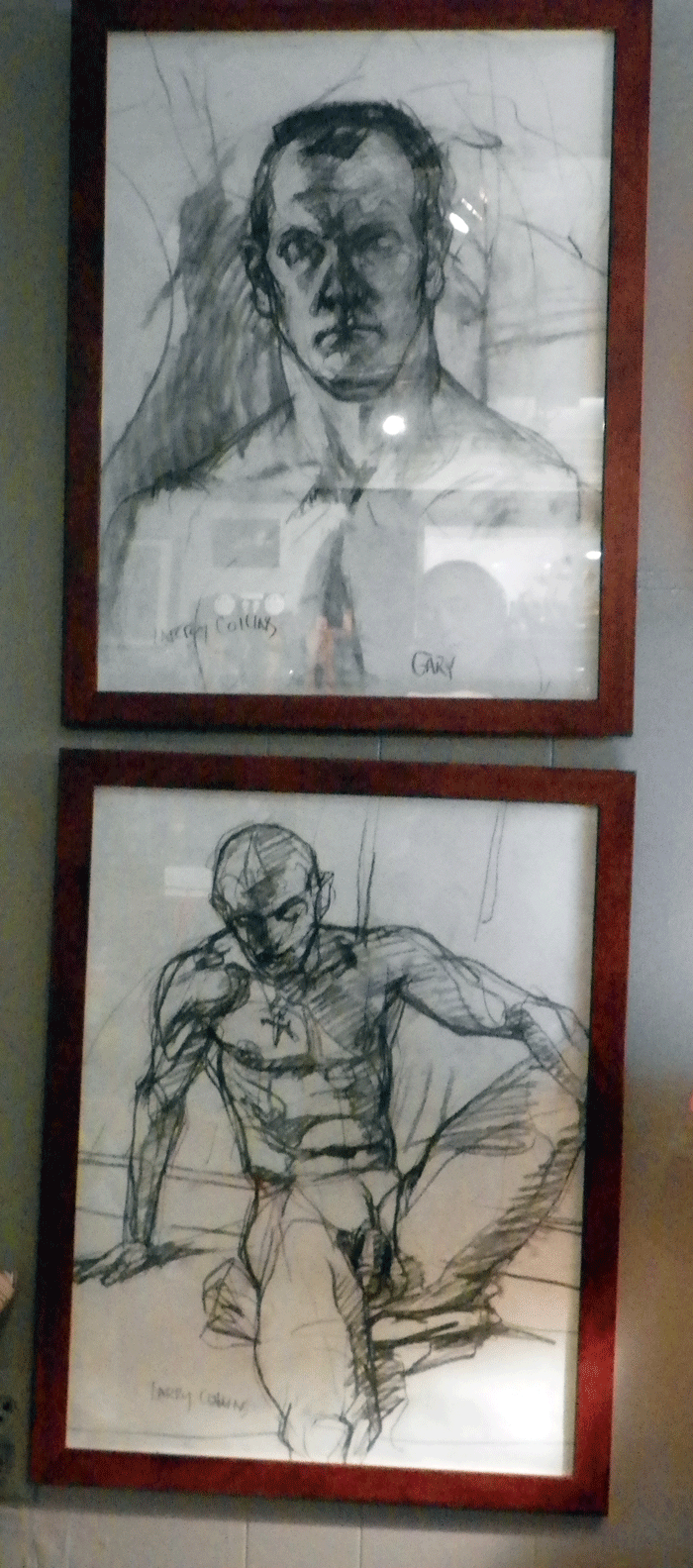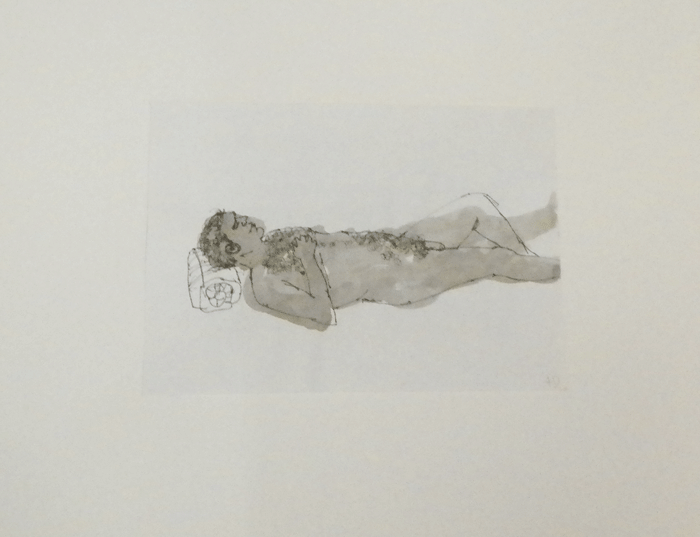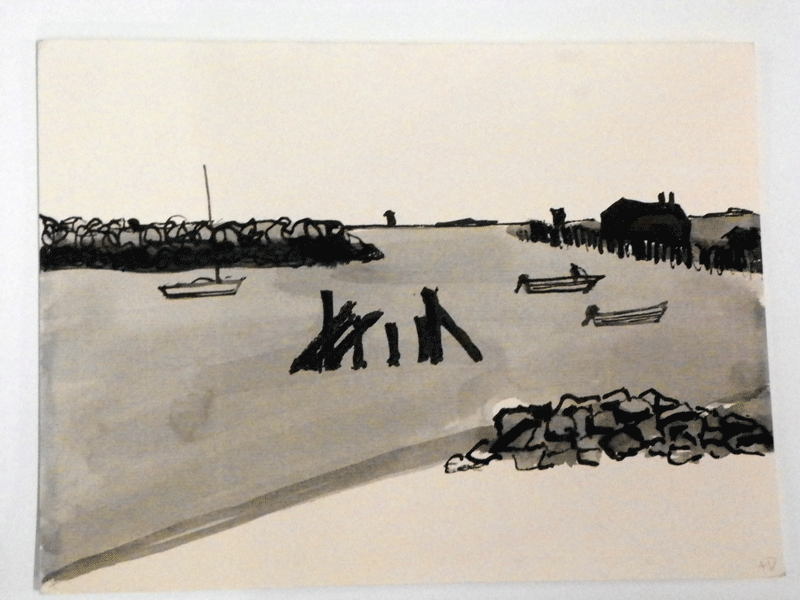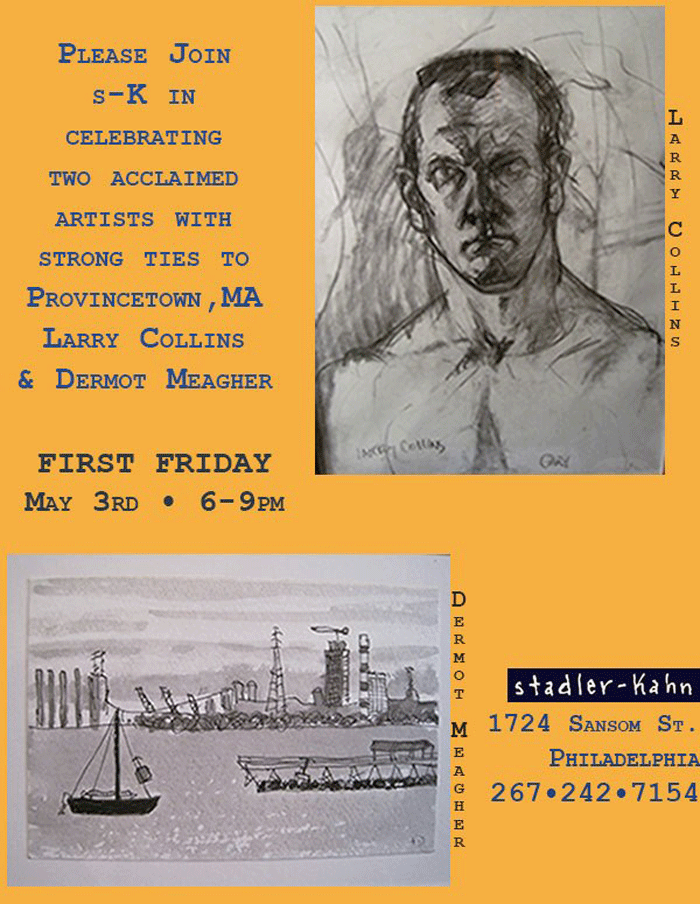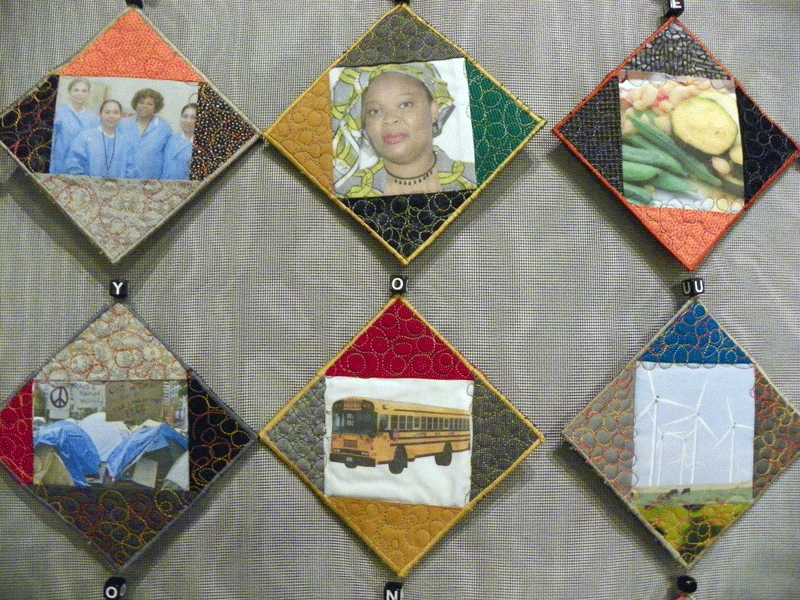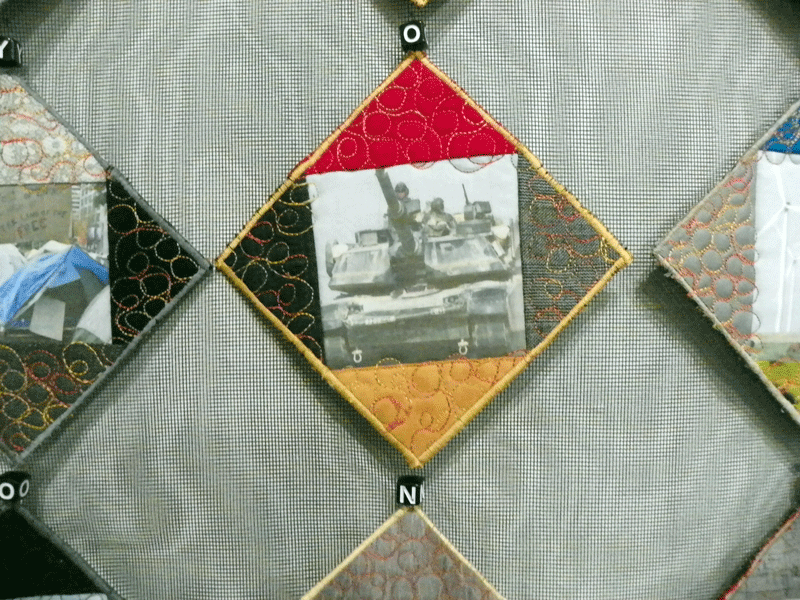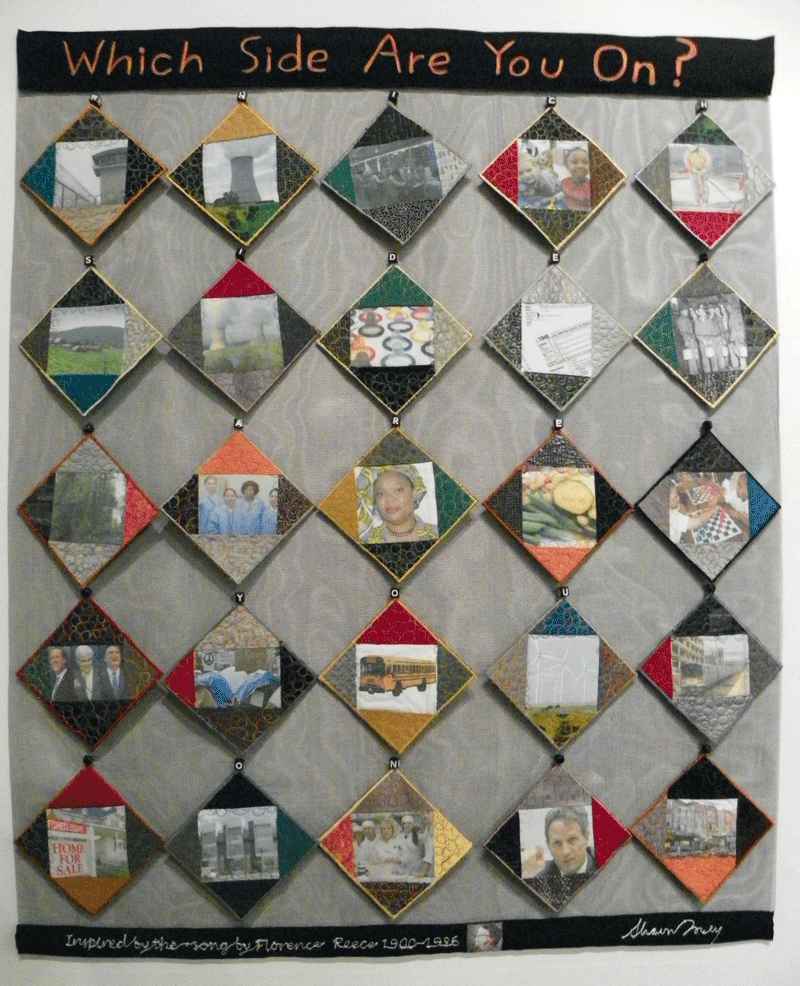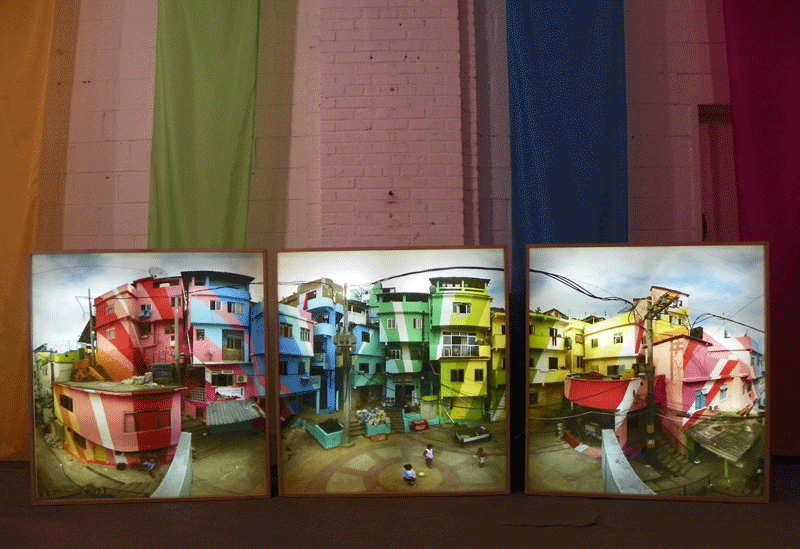
Faveladelphia, Favela Painting, Praça Cantão, Communidade Da Santa Marta, Rio De Janeiro, 161 West Gallery
161 West Gallery hosted a fundraising event to promote the social practice artists called Favela Painting, Jeroen Koolhaas and Dre Urhahn. The space was darkened a bit so the large light boxes could glow to best effect, the DJ played upbeat grooves and special Brazilian beer and cocktails lightened the hot, sultry night. The pop art punch of color from the glowing photographs and high art festivities accentuated the sociological impact of art in the world community. And not just any communities. Edge cities.
DoN recognized the image of the cheery housing complex from a seminar called Design for the Other 90% presented at the University of the Arts by Smithsonian Cooper Hewitt, National Design Museum. The information packed presentation was about designing for the 90% of the world’s population who live in places like the favelas of Brazil, the barrios of Mexico, and the famous slums of the world.
Dre Urhahn said, “Yeah, this has been in the New York Times, all over the place. This is like our piece de resistance artwork. We made that into the Times and we were so proud, it was – The United Nations put it up on their headquarters!”
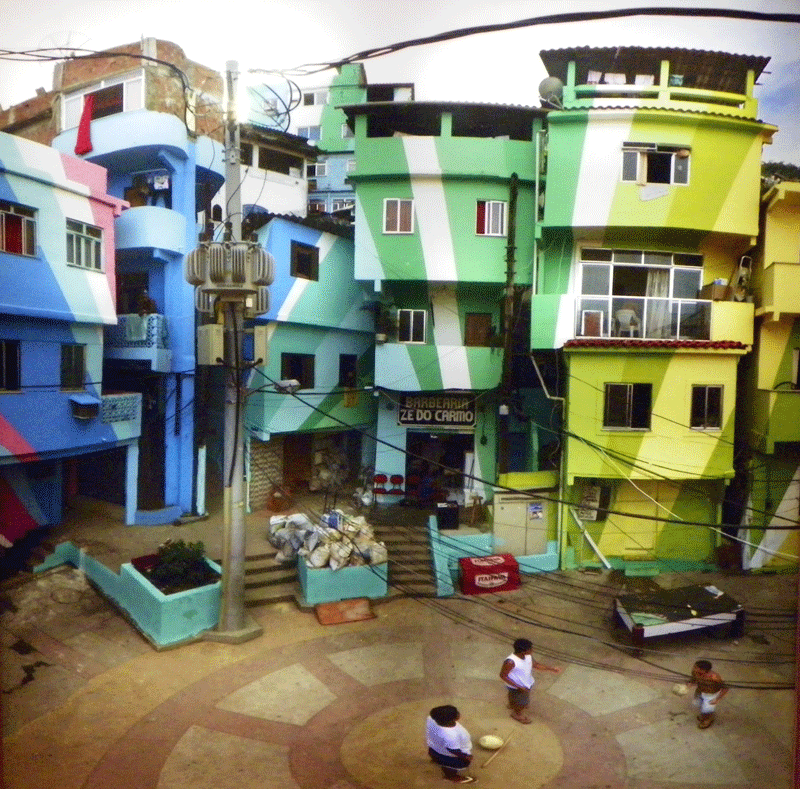
Faveladelphia, Favela Painting, Praça Cantão, Communidade Da Santa Marta, Rio De Janeiro, 161 West Gallery
“The United Nations invited us in and there was this huge banner of this project, so that was something we were really proud of. This is called Praça Cantão, all the information is on our website.
Our dream is to create this (pointing to an illustration of a rainbow hued hillside town) an endless continuation of painting up the hills. And where we painted thirty-four houses, which is our largest project in Brazil, we painted more than fifty storefronts here in Philadelphia. But our dream is to paint hundreds of houses and that’s what we’re fund-raising for. We’re fund-raising to go back to Brazil and fulfill the dream that began almost seven years ago.”
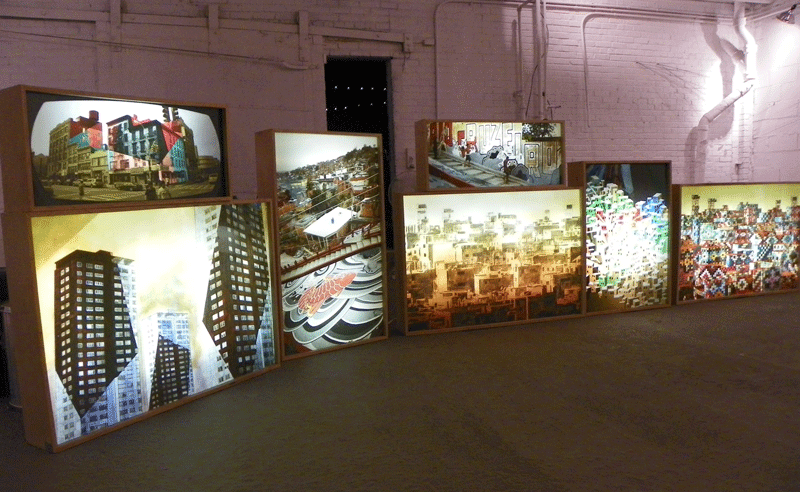
Faveladelphia, Favela Painting, 161 West Gallery
“The interesting thing is the topography of the favelas is that they’re scattered about the city. Because there’s these beautiful hills and mountains but the rich people live at the base, so when the poor people came, often they work for the rich people as servants in the service industry. They live close to the rich people and they just scattered through all the free space and built their own things on it.”
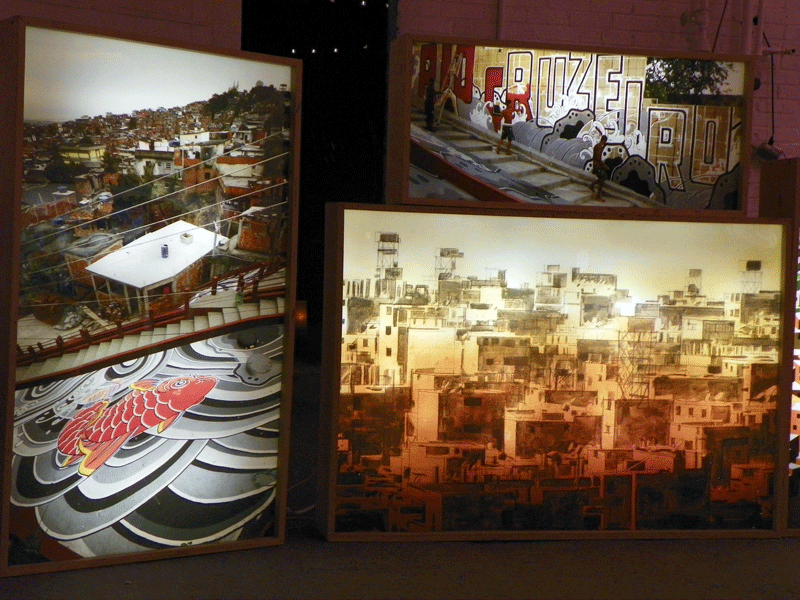
Faveladelphia, Favela Painting, 161 West Gallery
“When I was there I didn’t see people care a lot for these neighborhoods. We’re doing a big Kickstarter campaign to raise money to go back to Brazil, train people, employ people, it’s really like one big job opportunity project with a combination of education and we hire everybody. So everybody, even the boys you can see up there painting, were making more than McDonald’s wage while they’re painting. Some of them were in the drug gangs before and we offer them an opportunity and that’s something for us that’s always been really important.
And that’s also why we’re working will El Sawyer who works with the re-entry system in Philadelphia. He’s made a film about them called Pull of Gravity. For people when they come out of jail because they don’t have any place to go or people to hire them. So it’s really hard to reestablish your validity as a citizen, you know?”
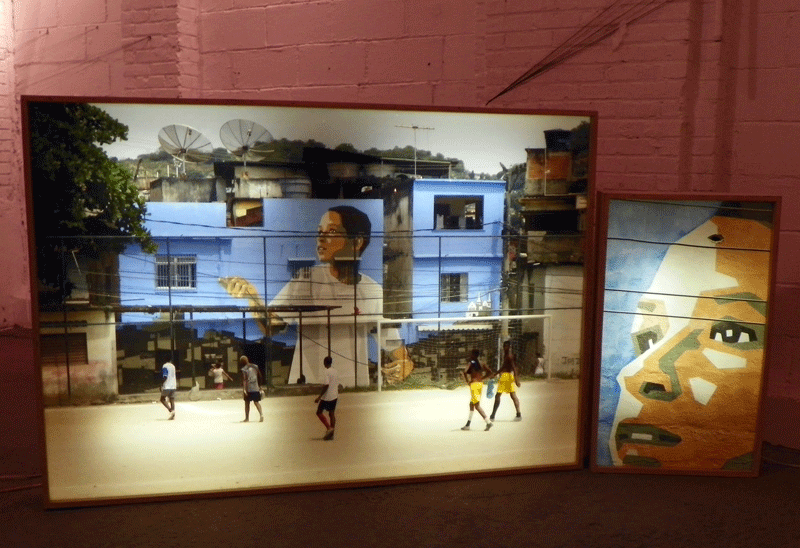
Faveladelphia, Favela Painting, 161 West Gallery
“They work together with The Guild. The Guild workers worked with us on our project on Germantown Avenue as well. So we have people coming out who really have a tough time to come back into the community again. Through these art projects they actually get a chance to not just be out there, but, to be appreciated as well. You know? It’s great when you come out of jail instead of just hearing a lot of ‘no’ to hear a ‘yes’ here and there. Or even maybe a,’Hey! That’s great.’ Or a, ‘Wow. I’m proud of you!’ That’s something that can do a lot.
I think that where people are sometime a little bit critical that it’s art, it’s paint, what are you really helping? But, deep on the inside, I think, that it does do a lot. It does do a lot of change for people especially on the mental level. It’s important.” – Dre Urhahn
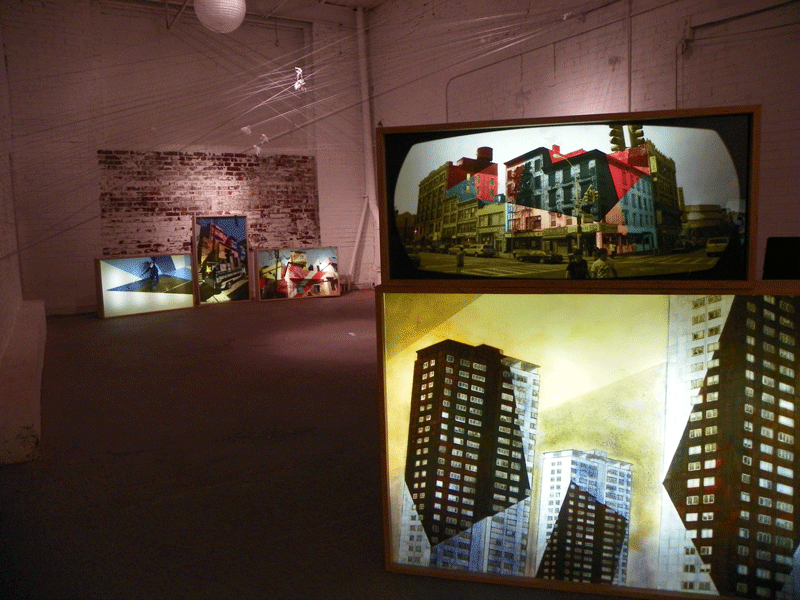
Faveladelphia, Favela Painting, 161 West Gallery
DoN remembers walking home from the Design for the Other 90% lecture feeling super lucky to have the luxury of space and privacy of home. The map of the world showing edge city hot spots didn’t highlight Philly even though there is a tent city just across the river in Camden. But Germantown Avenue? As it turns out Philadelphia is an edge city for many disenfranchised citizens – Faveladelphia.
El Sawyer, Director of Pull of Gravity said, “The name, the title came out of when you see people get pulled back into the streets. People that do time get home and get pulled back into the streets. The movie follows three people over a year’s period of time and basically from the time they came home: one guy was home three days after doing three years, myself – I’ve been home for ten years after doing eight years and another guy who has been home six years after being in and out for the past twenty-five years. It has a variety of guys and shows their experiences.
The movie has sparked so much attention nationally, I mean people from Minnesota, all over, places you wouldn’t regularly think of. Smaller places like Minneapolis. We were thinking our market might be New York, Detroit, Chicago but smaller place like Kansas City, Pensacola, places like that are really being drawn to the movie. There’s a lot of work being done in those places and and as far as us? I didn’t know there is as much work being done as there is. This movie has been polarizing, bringing together a lot of resources and people doing the same kind of work. – El Sawyer
Like Favela Painting on facebook
Like Pull of Gravity on facebook
Written and photographed by DoN Brewer except where noted.
Like DoNArTNeWs Philadelphia Art News Blog on facebook
Follow the new DoNArTNeWs.com
Follow DoN on Twitter @DoNNieBeat58
DoNArTNeWS on Tumblr
DoN Brewer on Pinterest
@donniebeat on Instagram
Affiliate Marketing [disclosure page] Shop on-line and help support DoNArTNeWs

